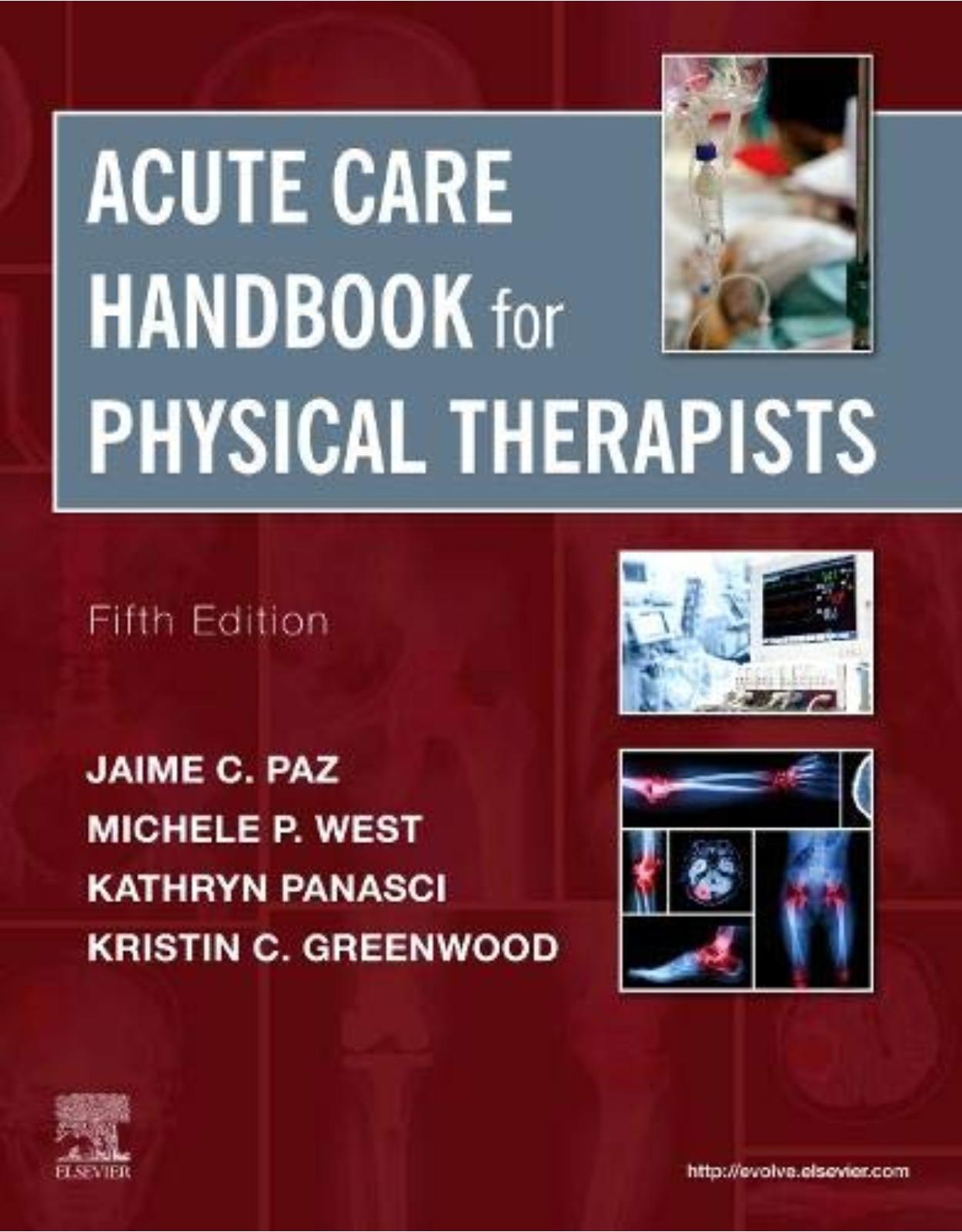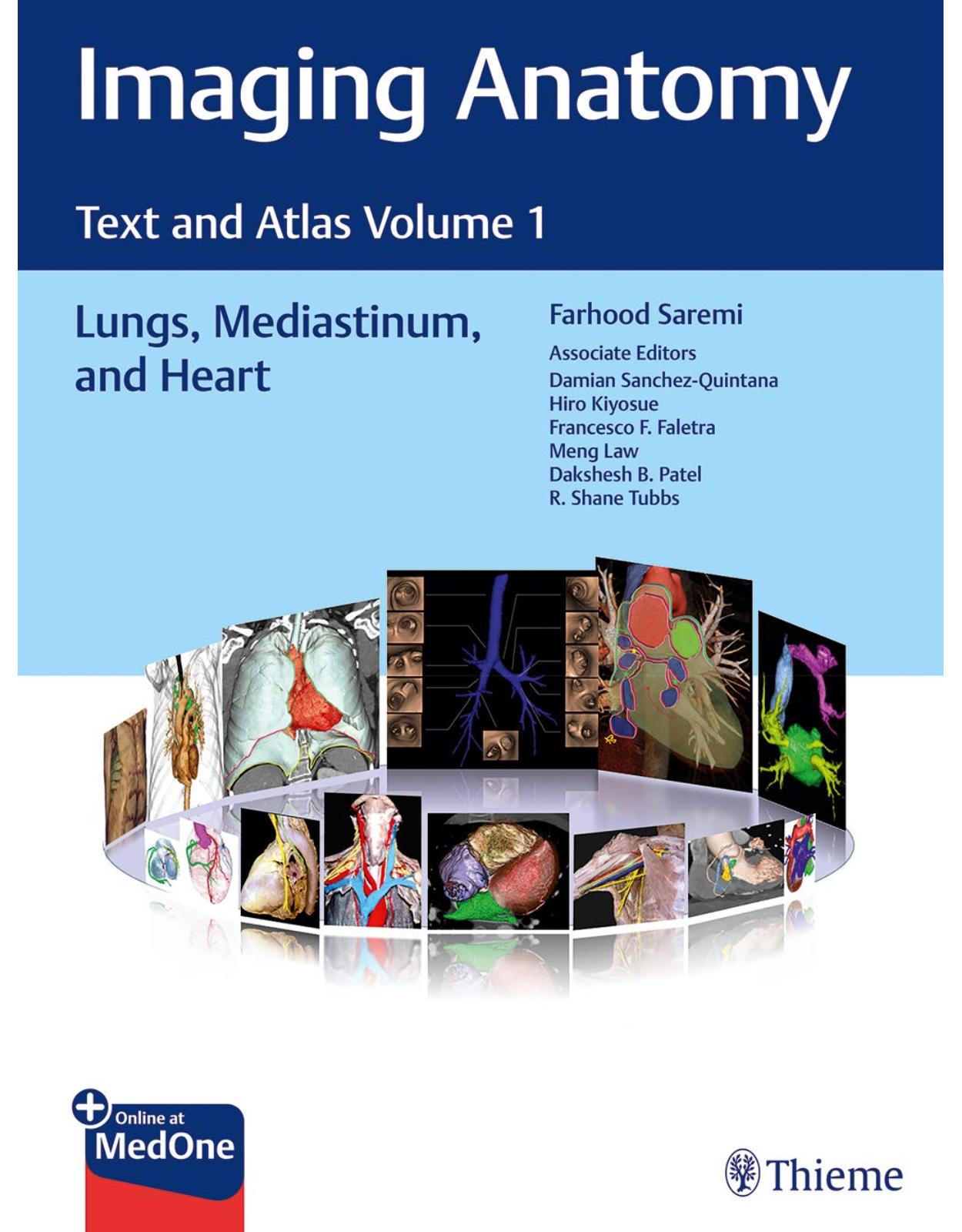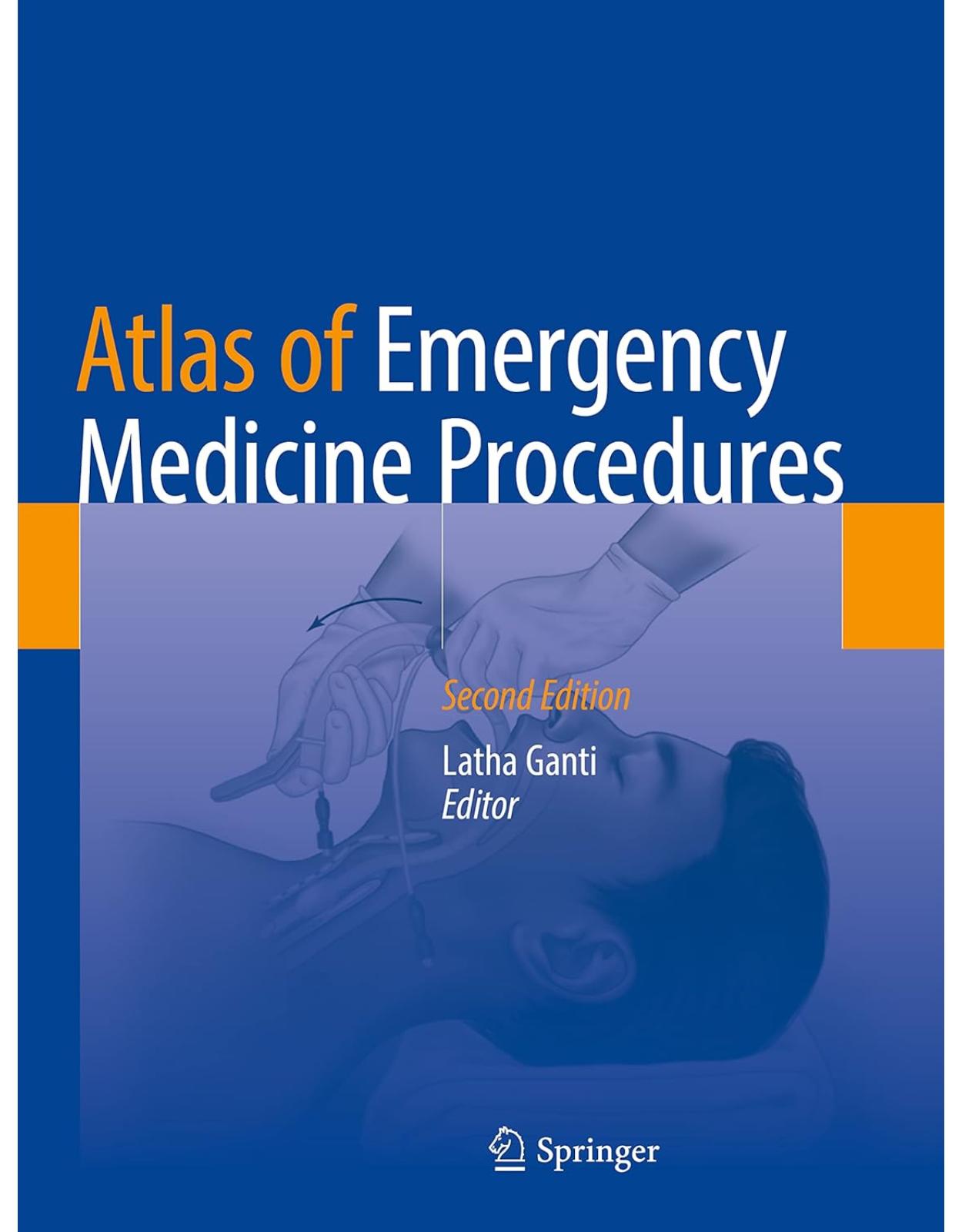|
Description:
Master the fundamentals of pathophysiology with this concise, easy-to-understand text! Gould's Pathophysiology for the Health Professions, 7th Edition helps you learn basic concepts of disorders and disease processes. Known for its readability and vivid, full-color illustrations, this text describes disorders by body system and includes case studies applying the material to real-life situations. This edition is updated with the latest research and the newest methods of diagnostic testing and treatment. No matter which healthcare field students may enter, this book provides solid preparation for the conditions commonly encountered in clinical practice.
|
|
Features:
|
- UNIQUE! Apply Your Knowledge questions ask you to use what you’ve learned to predict What can go wrong with this structure or system?, transitioning you from the body’s normal anatomy and physiology into its pathophysiology.
- UNIQUE! Think About questions relate to the text’s facts, potential applications, or the integration of concepts, alerting you to important points and helping with self-evaluation, test preparation, and review.
- Case studies provide realistic, clinical applications of the book’s concepts.
- Format for discussions of individual disorders follows a "building block" approach, making understanding easier with 1) background, 2) pathophysiology, 3) etiology, 4) signs and symptoms, 5) diagnostic tests, 6) complications, and 7) treatment.
- Concise and readable approach presents the content in a way that doesn’t overwhelm the reader and yet familiarizes you with necessary scientific and medical terminology.
- Hundreds of illustrations clarify and reinforce pathophysiology concepts with photographs, flow charts, and schematic diagrams.
|
|
New To This Edition:
|
- NEW! The Bigger Picture bulleted summaries identify other body systems that might be affected by a particular disease or disorder covered in a body system chapter.
- NEW coverage of COVID-19 is added, as well as new information on other conditions and diseases.
- NEW diagnostic methods and treatments are covered, describing how these are impacted by digitalization, information technology, and artificial intelligence.
- NEW! Updated statistics on diseases and their related pathophysiology are included.
- NEW photographs and illustrations are added.
|
|
Table Of Contents:
|
|
Section I: Pathophysiology: Background and Overview
1. Introduction to Pathophysiology
2. Fluid, Electrolyte, and Acid-Base Imbalances
3. Introduction to Basic Pharmacology and Other Common Therapies
4. Pain
Section II: Defense/Protective
5. Inflammation and Healing
6. Infection
7. Immunity
Section III: Pathophysiology of Body Systems
8. Skin Disorders
9. Musculoskeletal Disorders
10. Blood and the Circulatory System
11. Lymphatic System Disorders
12. Cardiovascular System Disorders
13. Respiratory System Disorders
14. Neurological Disorders
15. Eyes, Ears and Other Sensory Organs
16. Endocrine Disorders
17. Digestive System Disorders
18. Urinary System Disorders
19. Reproductive System Disorders
20. Neoplasms and Cancer
Section IV: Factors Contributing to Pathophysiology
21. Congenital and Genetic Disorders
22. Complications Due to Pregnancy
23. Complications Due to Adolescence
24. Complications Due to Aging
Section V: Environmental Factors and Pathophysiology
25. Immobility and Associated Problems
26. Stress and Associated Problems
27. Substance Abuse and Associated Problems
28. Environmental Hazards and Associated Problems
Appendixes: Ready References
Ready Reference 1: Body Planes, Cavities, Regions, Fluid Compartments, and Body Movements
Ready Reference 2: Anatomic Terms
Ready Reference 3: Conversion Tables
Ready Reference 4: Common Abbreviations and Acronyms
Ready Reference 5: Common Diagnostic Studies and Tests
Ready Reference 6: Example of a Medical History
Ready Reference 7: Disease Index
Ready Reference 8: Drug Index
Ready Reference 9: Additional Resources
|
|
|
|

















